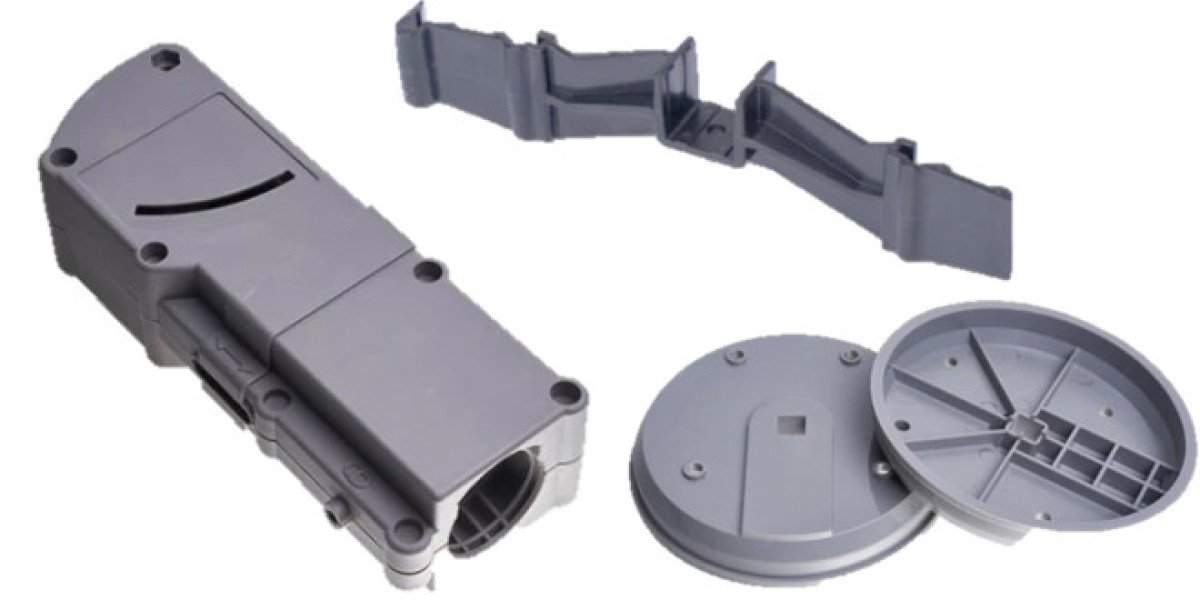When the cooling process is complete, it is safe to remove the part from the mold. Despite its efficiency, injection molding projects can encounter challenges that lead to product failures. These challenges include:Dimensional Inaccuracies: Variations in cooling rates or uneven mold filling can result in parts with inaccurate dimensions or warping.Surface Defects: Inadequate cooling or poor mold surface quality can lead to blemishes like sink marks, weld lines, too little venting of material gasses and surface roughness.Material Issues: Poor material selection or inconsistencies in material properties can affect the product’s mechanical properties and durability.Mold Design Problems: Defects can arise due to suboptimal mold design, such as flow imbalances, trapped air, or insufficient cooling. Defective mold design can also be too small gate(s), too small runner system that can impede resin flow and lead to higher plastic pressure and causing molded dimensions to be very difficult to be repetitive dimensionally. Very high cavity pressures can also lead to very unstable dimensions becoming unable to make products to repetitive dimensions for product after product cycle after cycle. In years past this was many times referred to as “Black art”!Process Variations: Fluctuations in processing parameters like temperature, pressure, and cooling time can lead to variability and defects in the final product. Plastic Molded Concepts is a U.S based company that uniquely specializes in molding with engineered resins. We have been thriving in the plastic molding business for 45 years. We have the experience and certified in-house Master Molders, allowing us to take on projects of any complexity. To prevent design and quality challenges before the molding process even begins, it is imperative to partner with an experienced plastic molding company early in the plastic injection mold design process. A seasoned plastic molder will be able to provide manufacturability feedback and provide solutions for the correction of improper mold design. By getting them involved early, you can expect fewer changes after the molding process commences which helps to lower material and labor costs. Furthermore, it will help you avoid dreadful end-use product failures and expedite time to market. Below are some important aspects to keep in mind.Injection Mold Design GuidePart Use & Purpose
What Metal Is Used For Injection Molding
When it comes to choosing overmolding materials, start the resin selection process at PMC. Growing urbanization, paired with increased consumer spending in this market has created significant demand for ABS resin plastic injection molding.Transportation/Automotive Aside from gate size, gate location can also be a contributing factor to mold warping. If the gate location is in a thin area of the part geometry and the last-point-to-fill is a much thicker area, it can cause the filling rate to pass from thin to thick, which causes a very large pressure drop. This huge pressure loss can result in a short/inadequate fill. When determining melt temperature you must consider:Engineered Resin ChosenResidence TimeScrew and Barrel DesignMechanical Work Imparted to the MaterialFinal Property RequirementsMelt Temperature IssuesMelt Temperature is InconsistentMelt Temperature is not HomogenousExample of Melt Temperature Effects on a Part *For information on defects caused by improper melt and mold temperatures and how to fix them see: Plastic Injection Molding: Temperature-Induced Defects & Solutions.*U.S. Plastic Molding Company Specializing in Complex Projects for Mission-Critical Parts
Am Compared To Injection Molding
In fact, this is more true now than ever before with advances in engineered resins making it possible for plastic to perform as well as (or even outperform!) metal in aspects like strength-to-weight and strength-to-stiffness ratios. Manufacturers have moved toward ABS resin because of its lightweight, high performance properties, which helps lower vehicle weight & increase fuel efficiency, thus driving the industry’s profitability. PMC serves a wide range of industries that need to improve an existing product, transition a part from metal to plastic, or bring an entirely new product to market. Understanding how melt temperature and mold temperature work together to produce final part properties is essential. When it comes to plastic injection mold warpage, defects can be caused by several factors including:Inadequate Injection Pressure or TimeInadequate Residence TimeBarrel Temperature Too LowMold Temperature Too LowUneven Mold TemperaturesNozzle Temperature Too LowImproper Flow RateInconsistent Process CycleInadequate Gate SizeIncorrect Gate LocationLack of Ejection UniformityPart GeometryMold







